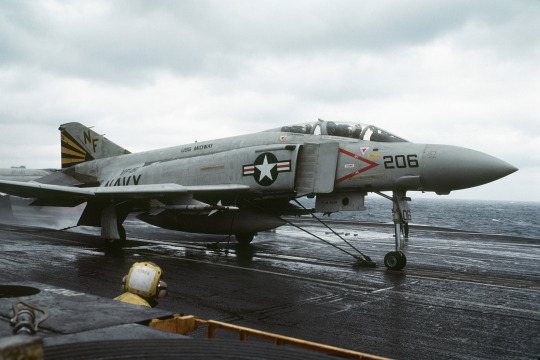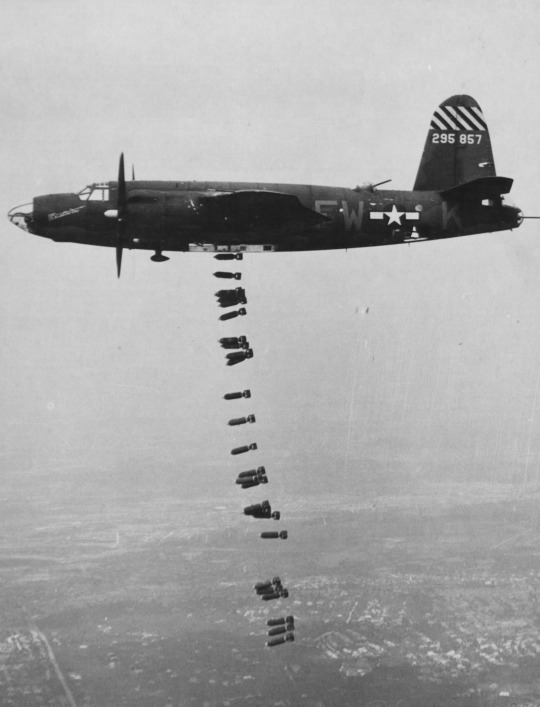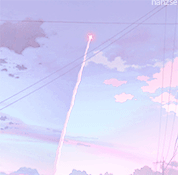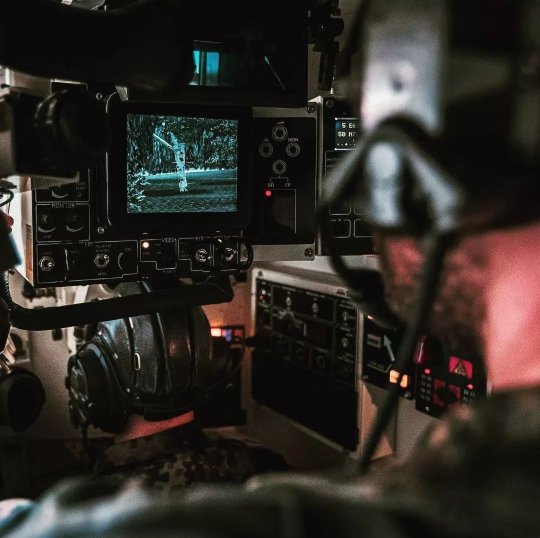Text

RAVEN // ARMORED CORE VI
https://twitter.com/koyoriin https://patreon.com/koyorin https://instagram.com/koyori_n https://www.pixiv.net/member.php?id
2K notes
·
View notes
Photo

F-4 Phantom II aircraft is prepared for launch from a catapult aboard the aircraft carrier USS MIDWAY
309 notes
·
View notes
Photo

Morning commute
By Richard Bumgardner
Source: Department of Defense
Original Caption: U.S. Army soldiers with the 1st Armored Division drive a M-1A1 Abrams tank through a German town north of Frankfurt, Germany, during Exercise Ready Crucible on Feb. 11, 2005. Soldiers from the 1st Armored Division and V Corps will be conducting the tactical convoy and small unit training exercise through out several communities in the Friedberg, Germany area.
67 notes
·
View notes
Photo

Bombardier moyen Martin B-26B Marauder “Shootin’ In” du 556th Bomb Squadron du 387th Air Expeditionary Group de la Ninth Air Force – 1944-1945
©National Archives and Records Administration
73 notes
·
View notes
Photo

Fueling a McDonnell Douglas F-4 Phantom II of US Navy Strike Fighter Squadron (VF) 161 off the USS Midway, circa 1972.
184 notes
·
View notes
Photo

US Army Boeing CH-47 Chinook with silhouettes painted on the side representing the amount of aircraft recovered, 1967.
591 notes
·
View notes
Photo


Air War - Vietnam by Drew Middleton, pages 209-210.
This content is brought to you through the recurring monthly donation of one of VWE’s patrons. Become a patron.
36 notes
·
View notes
Photo

Panzer V “Panther” tanks of I.Abteilung/Panzer-Regiment 4 in front of the Colosseum
365 notes
·
View notes
Text
nimble-knuts replied to your post “Seriously though real talk people give the Sherman way too much flack…”
explain the lack of photos of Panzers with sandbag and timber armor additions yet every second photo of an M4 has this. Believe what you like but the facts are that M4 crews felt unsafe in their vehicles.
German tanks such as the Panzer IV, Panther, and Tiger used Zimmerrit paste coatings to help defeat magetic charges, the idea was that the paste would harden and create a thick enough later that magnetic charges would not be able to stick to the vehicles.


Side skirts were attached to a large number of vehicles such as the Panzer III, Panzer IV, Panther, Tiger, StuG, Jagdpanzer and Jagdpanther. The Purpose of skirts was to defeat HEAT and Shaped Charges. Skirts were fitted on the sides of hulls and the sides of turrets seen here:



Have you ever seen a Panther without it’s skirts? It looks like this.

In terms of extra armor, most crews would mount spare tracklinks on the front as a means of more protection.


There is also evidence of crews bolting extra armor to the front of certain tanks like the Panzer IV.


The Sherman used other means of extra protection, such as track links on the front and sides of the tank, it’s own field modified skirts, and even concrete.





Here is a StuG covered in concrete, but this is a captured one.

Just like the side skirts, logs were used to help defeat HEAT and Shaped Charges.

One reason why the Panzers weren’t covered in sandbags and logs was that most of the chassis were already at their limits, the Panzers already experienced a much larger number of breakdowns and failures due to chassis like the Panzer III and Panzer IV being developed in the late 30s and upgraded for the next 7-8 years.
Tigers and Panthers had problems with reliability already so putting more and more weight on their already under powered engines and fragile transmissions was just asking for more trouble.
Another painfully obvious reason that they didn’t put sandbags all over the front of the Panzer IV and Panzer III was because the driver had to use the hull mounted periscopes to see outside you dope.

They would already mount track links around the MG port and the driver port.
So while you claim that the Sherman was inferior because the crews were putting more protection on, this in turn just adds to my own argument that the Sherman was much more versatile and could easily adapt in different environments. However of course that doesn’t mean the Sherman was without it’s own limits. Infact there is an image of General Patton after walking back from scolding a tank crew for weighing down their Sherman too much.

I’m not going to argue about the fact that Sherman crews were scared, because i’d be scared too. However i’m sure that every other tank crew was scared or at least nervous to go into combat, especially in urban environments.
283 notes
·
View notes
Photo






1977. East German ,,Pionierpanzer” operated by Young Pioneers (Jungpioniere), a suborganisation of the Ernst Thälmann Pioneer Organisation. Sections provided with these mini-tanks were effectively called ,,Panzerbrigade” (Armoured Brigade), which apparently operated under STASI supervision.
These ,,Pionierpanzer” were powered by a Trabant engine and had a top speed of 15 kph. The turrets couldn’t traverse. The crew was composed of 2 Jungpioniere. Different models were in production, resembling actual tanks: T-34-76, T-34-85. T-54, SU-100, and SU-122.
Sources are contradictory regarding the guns: some claim they could fire live ammunition, some that they could fire only blanks, others that “hits” were scored using a laser system, similar to nowaday’s Laser Tag.
Existing footage confirms that they were at least capable of firing blanks.
1K notes
·
View notes
Photo

USAF Convair F-102 Delta Daggers, 1966. Photographed by Larry Burrows.
4K notes
·
View notes





















